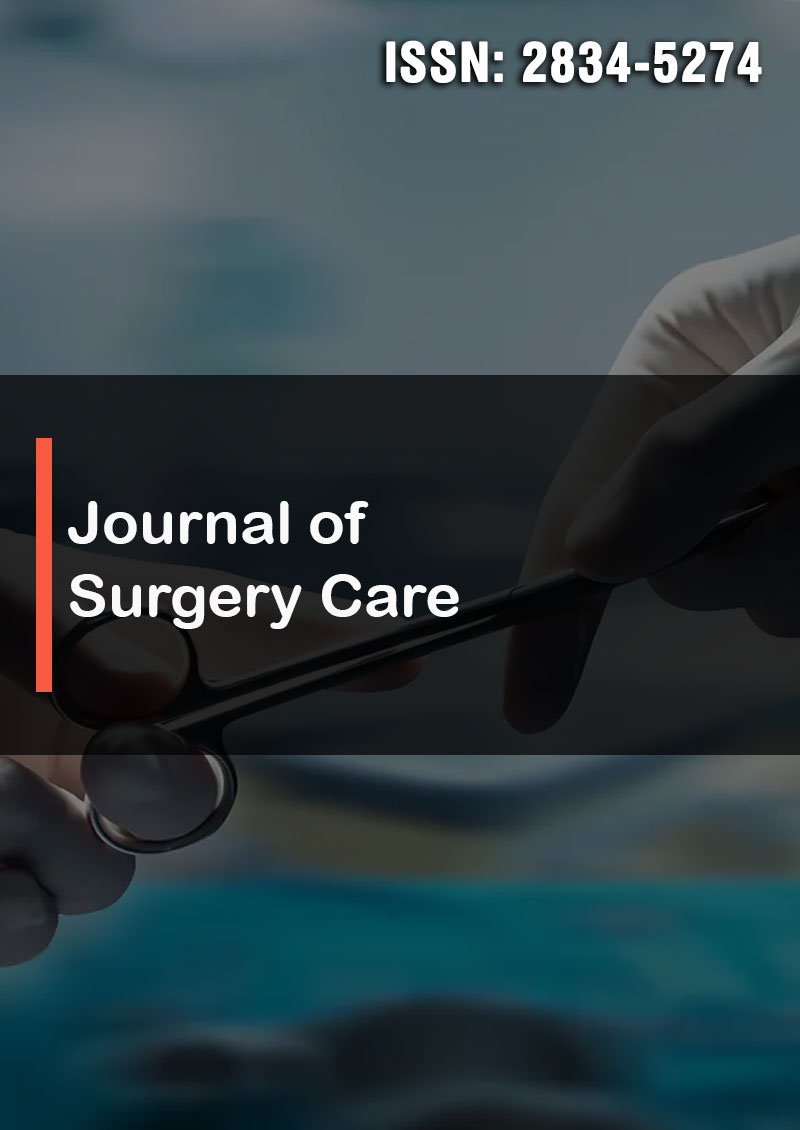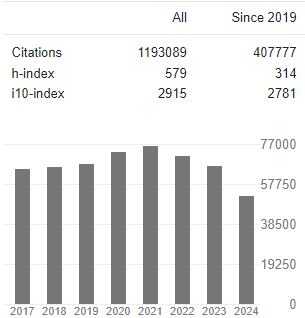Efficiency of Blood Utilization in Elective Surgical Patients at Different Hospitals of Addis Ababa. A Multi-Center Cross-Sectional Study
Abstract
Yidersal Demsie Denberu, Enku Shiferaw Belayneh, Amria Shamil Shafi, Tseganesh Berhanu Tulu, Yonatan Abebe Bulto, Ananya Abate Shiferaw, Rahel Tilahun Melaku, and Girma Gedeyon Seyoum
Background: Blood transfusion is vital for managing patients with significant blood loss perioperatively. However, overordering of blood is prevalent, resulting in increased costs and resource wastage. Implementing various transfusion indices can help reduce unnecessary blood requests for elective surgical patients without compromising patient care.
Objective: To assess the efficiency of blood utilization in elective surgeries and associated factors in Addis Ababa from November 1, 2023, to April 30, 2024.
Methods: A multi-center cross-sectional analytical study was conducted over a period of six months from November 1, 2023, to April 30, 2024, at Tikur Anbessa Specialized Hospital (TASH), Menelik II Hospital (MH), Gandhi Memorial Hospital (GMH), and Lancet General Hospital (LGH). Hospitals were selected using simple random sampling. Using sequential sampling and a structured checklist, data were collected from all elective surgical patients during this period. Blood utilization was assessed using various parameters including cross-match to transfusion ratio (C/T), transfusion probability (%T), transfusion index (TI), and Maximum Surgical Blood Ordering Schedule (MSBOS) based on Mead's criterion for common surgical procedures.
Results: During the six-month study period, 574 elective surgeries were performed across various departments in multiple hospitals, with blood requisitions made for 469 cases (81.7%). The highest requisitions came from the Gynecology/Obstetrics department (36.2%), followed by General Surgery (13.9%), and Cardiothoracic surgery (12.6%). A total of 927 blood units were requested, and 824 units were prepared, with residents requesting 53.1% of the blood. Of the prepared units, 182 were utilized for 126 patients, resulting in a cross-match to transfusion ratio (C/T) of 4.53, transfusion probability (%T) of 26.9%, transfusion index (TI) of 0.39, and Maximal Surgical Blood Order Schedule (MSBOS) of 0.59. Tikur Anbessa Specialized Hospital (TASH) demonstrated relatively efficient blood utilization with a C/T ratio of 3.98, %T of 29.9%, and TI of 0.51, while Gandhi Memorial Hospital (GMH) had the highest %T at 32.6%. In contrast, Menelik II Hospital (MH) and Lancet General Hospital (LGH) exhibited lower efficiency. Neurosurgery had the highest transfusion probability at 65.3%, driven by significant intraoperative blood loss, resulting in a C/T ratio of 2.17 and TI of 1.26. Cardiothoracic surgery also showed efficient utilization with a %T of 34%, C/T ratio of 3.85, and TI of 0.56. Other departments, such as Pediatrics and Orthopedics, showed trends of over-ordering with less efficient utilization.
Conclusion and Recommendations: In this study, we observed that there is a concerning disparity between the quantity of blood requested and cross-matched for elective surgery patients and the actual amount utilized. This excessive crossmatching results in resource wastage, heightened workload, and increased financial burden. Moreover, it poses potential challenges to the blood supply, prompting a need to revise our blood requisition protocols. To optimize blood utilization, we recommend revising the current blood ordering pattern and minimizing over-ordering. This can be achieved by implementing an updated Maximum Surgical Blood Order Schedule (MSBOS) tailored to our institution, alongside an emergency blood-releasing system. Utilizing parameters such as the Crossmatch-to-transfusion (C/T) ratio and Transfusion Index (TI) can guide the development of the MSBOS, with consideration for a Group Save and Hold (GSH) for procedures with low TI values. Regular surveillance of utilization patterns and feedback mechanisms are essential for continuous improvement in transfusion practices





